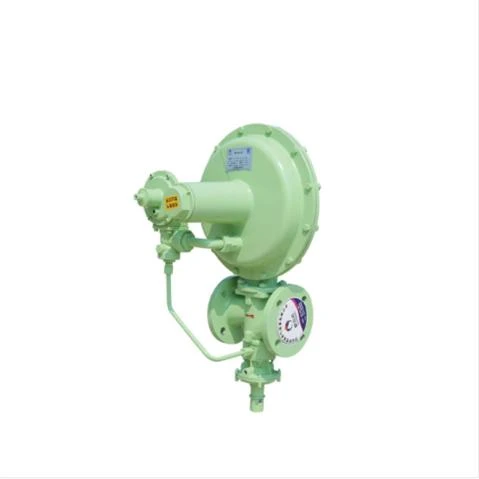
Dec . 24, 2024 06:35
Back to list
Understanding the Functionality and Importance of Shut-Off Valves in Fluid Systems
Understanding Shut-Off Valves Essential Components in Fluid Control Systems
Shut-off valves are critical components in various fluid control systems, designed to regulate the flow of liquids or gases. These valves play a vital role in ensuring safety, efficiency, and operational control across multiple industries, including water treatment, oil and gas, heating, ventilation, and air conditioning (HVAC), and many others. This article will delve into the functionality, types, applications, and importance of shut-off valves in modern engineering and infrastructure.
Functionality of Shut-Off Valves
At their core, shut-off valves serve a straightforward yet crucial function they block or allow the flow of fluid through a piping system. They achieve this by either opening or closing the passageway inside the valve, which can be manipulated using a manual handle, automated actuator, or remote control system. The actuation mechanism used can range from simple hand wheels to sophisticated electronic controls, depending on the complexity and requirements of the system.
Shut-off valves are typically installed at key points in a piping network, such as the main supply line, branch lines, or near sensitive equipment. By providing a means to isolate sections of the system, they help facilitate maintenance, repair, and emergency interventions without shutting down the entire system. This feature is particularly beneficial in large industrial operations where downtime can be costly.
Types of Shut-Off Valves
There are several types of shut-off valves, each designed to serve specific needs and working conditions. Some of the most common types include
1. Gate Valves These are primarily used for on/off service and provide minimal resistance when fully open. They are commonly used in water supply systems and industrial processes.
2. Ball Valves Featuring a spherical disc that rotates to open or close the valve, ball valves offer excellent sealing properties and fast operation. They are widely used in applications requiring quick shut-off.
3. Globe Valves Known for their versatility, globe valves can control flow rates and are often used in systems where fine adjustments are necessary.
shut-off valve

4. Butterfly Valves Ideal for regulating large volumes of fluid, butterfly valves use a rotating disc to control flow. They are lightweight and efficient, making them popular in HVAC systems.
Applications of Shut-Off Valves
Shut-off valves find applications across a wide range of industries. In water treatment facilities, they help control the flow of treated and untreated water. In HVAC systems, they regulate the distribution of heated or cooled air. The oil and gas industry relies on shut-off valves to maintain safety during transportation and refining processes. Furthermore, shut-off valves are essential in residential plumbing systems, helping homeowners manage water flow and respond to leaks or maintenance needs quickly.
Importance of Shut-Off Valves
The significance of shut-off valves cannot be overstated. They ensure operational efficiency by allowing for easy maintenance and emergency control without necessitating the shutdown of the entire system. This capability is crucial in minimizing operational downtime and optimizing productivity, particularly in industrial settings. Moreover, shut-off valves play a pivotal role in safety, providing a way to quickly isolate sections of a system in the event of a leak or equipment failure. This capability helps prevent accidents that could lead to environmental damage or hazardous situations.
In addition to their safety and efficiency benefits, the proper selection and maintenance of shut-off valves contribute to the longevity and reliability of fluid control systems. Regular inspections and timely replacements can help avoid failures that could disrupt operation and incur significant costs.
Conclusion
In conclusion, shut-off valves represent a fundamental aspect of fluid control systems in diverse industries. Their ability to manage fluid flow effectively ensures safety, enhances operational efficiency, and simplifies maintenance processes. As technology continues to evolve, the design and functionality of shut-off valves will likely advance, further improving their performance and reliability in an increasingly complex industrial landscape. Understanding the role of these valves is essential for engineers, technicians, and anyone involved in the operation of fluid handling systems. Proper management and selection of shut-off valves will ultimately lead to safer and more efficient operations across various sectors.
Latest news
-
Safety Valve Spring-Loaded Design Overpressure ProtectionNewsJul.25,2025
-
Precision Voltage Regulator AC5 Accuracy Grade PerformanceNewsJul.25,2025
-
Natural Gas Pressure Regulating Skid Industrial Pipeline ApplicationsNewsJul.25,2025
-
Natural Gas Filter Stainless Steel Mesh Element DesignNewsJul.25,2025
-
Gas Pressure Regulator Valve Direct-Acting Spring-Loaded DesignNewsJul.25,2025
-
Decompression Equipment Multi-Stage Heat Exchange System DesignNewsJul.25,2025

